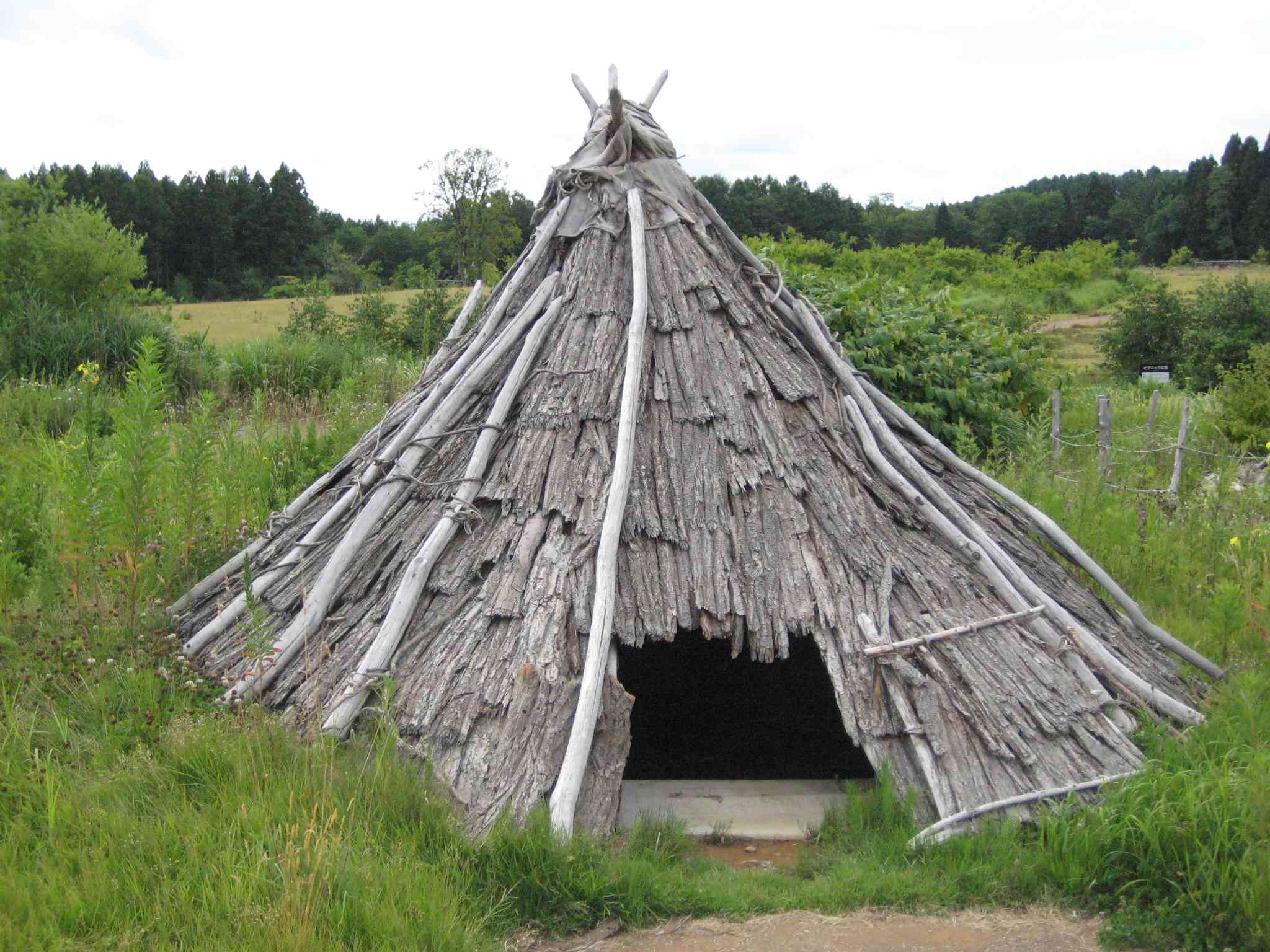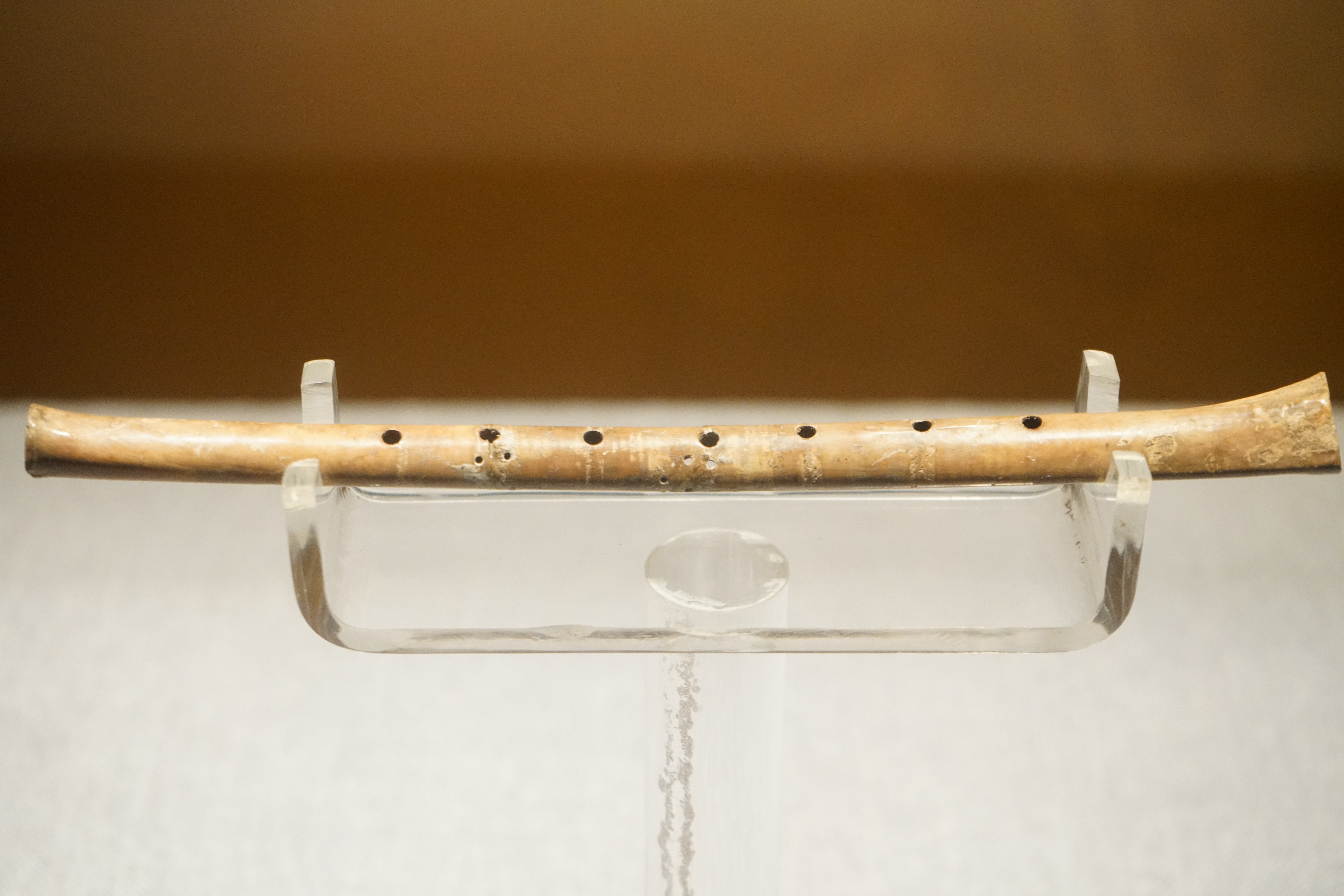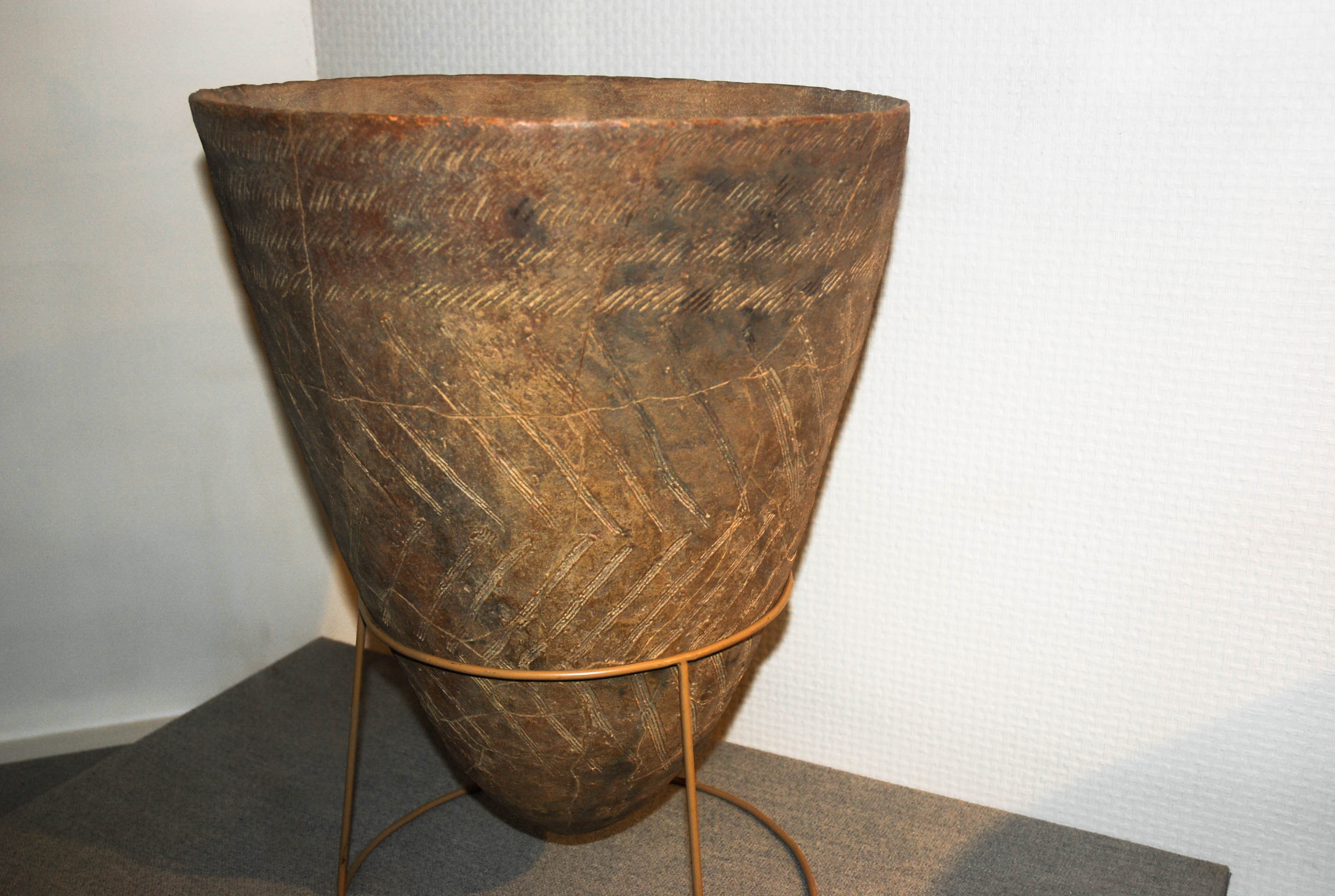The Advent of the Yayoi




Attrib.: Suicasmo / CC BY-SA (https://creativecommons.org/licenses/by-sa/4.0)












Tōkyo National Museum Jōmon Exhibit – Lots of great pictures of various items which the Jōmon people used every day, including wooden baskets, pottery, Dogū
Cleveland Museum of Art Jōmon Pottery – Great virtual exhibit of Jōmon pottery from various angles, as well as helpful descriptions of their uses.
Chino City Jōmon Page – A pleasant English-language walkthrough of the Jōmon Period with lots of relevant artifacts unearthed in Nagano Prefecture.
This episode was difficult to research but I felt it was important to include both the Ainu and Ryukyuan peoples in the narrative where possible because they are far too often overlooked. Here are some public domain/creative commons photos to help with visualization:




The first episode is now live! IT LIVES!
I got to read a lot of academic articles for this, which was fun. I wish I could go into more detail regarding plant husbandry and Jōmon religion, but a lot of it is still speculation. It’s probably fair to assume a bit of overlap between the Ainu and the Jōmon regarding rituals and cultural practices but, again, there’s still a lot we don’t know for sure about this period.
Sannai-Maruyama Site Official Webpage – Explore the site I mentioned in the podcast from the comfort of your screen! Lots of great photos and information!
Jōmon Archaeological Sites – A fantastic page featuring loads of photos and information of various Jōmon sites throughout Japan!
Hope you enjoyed the episode!
Recent Comments